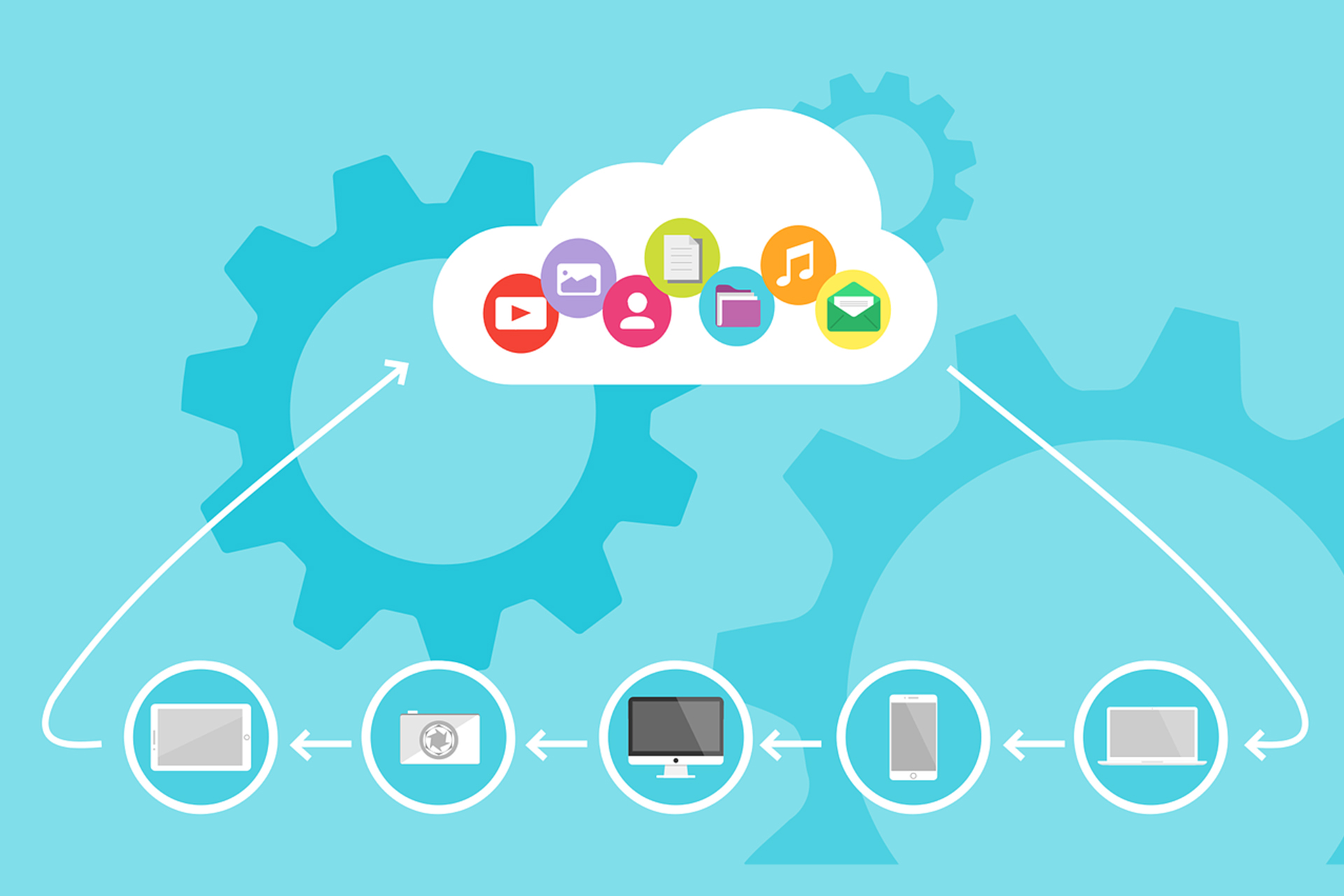As people around the world become increasingly interested in mobile hotspots, it seems that the market trends of mobile hotspots are thriving. In fact, this is the truth. The growth rate of the market is faster than any other segmented market. According to a report by data company GlobalData, the sales of mobile hotspot market is expected to reach $26.43 billion by 2026. The company also pointed out that over 28 million mobile hotspots are currently connected to the internet. The rapid growth of mobile hotspots will be inevitable. As users become more accustomed to outdoor activities, the demand for network connectivity will also increase. In addition, as the number of mobile devices continues to increase, the use of mobile hotspots will also continue to increase.
The Rise of Mobile Data Traffic
The increase in mobile data traffic has improved the development of mobile hotspots. In 2015, 4G traffic surpassed 3G traffic for the first time, accounting for over 45% of mobile data traffic. The increase in mobile data traffic is mainly due to the following factors:
①The adoption of mobile computing devices such as smartphones, tablets, and laptops has increased. These devices enable consumers to access the internet while on the go.
②The emergence of next-generation wireless networks, such as 4G, 5G, and 6G, enables consumers to obtain information faster and with lower latency through mobile computing devices.
Due to the reasons above, the increase in mobile data traffic has encouraged mobile network providers to launch LTE mobile hotspots with ultra-fast speeds and longer durations. This is because using smartphones to connect multiple devices for higher bandwidth applications may lead to signal degradation, shortened battery life, and data plan depletion. On the contrary, LTE mobile hotspots work longer and do not experience signal degradation.

The Emergence of Next-generation Wireless Networks
At present, network traffic is increasing exponentially, mainly due to the increasing popularity of mobile communication devices. Therefore, the world is continuously deploying next-generation wireless networks, such as 4G and 5G. These technologies provide wireless connections that are equivalent to home broadband connections. This has increased the number of users accessing the internet from anywhere and at any time.
Suppliers based on telecommunications products are collaborating with service providers to develop portable devices that support these advanced technologies, such as mobile hotspots. In 2010, Verizon launched the "LTE for Rural America" (LRA) program. The purpose of this plan is to provide the benefits of 4G LTE technology to individuals and corporations in rural America. It also focuses on providing technical support and resources for rural wireless companies to develop 4G LTE network infrastructure. During the period from 2010 to 2015, the program successfully provided a reliable online service to 2.4 million people and covered over 100000 square miles of the area. 21 members participated in Verizon's LRA program; 19 members have activated the LTE network.
The development of next-generation wireless infrastructure enables consumers and business enterprises to access the Internet anytime, anywhere. It boosts the demand for mobile hotspots among individuals and businesses. This in turn has driven the demand for mobile hotspots among individual and corporate consumers. Because it has the ability to connect multiple mobile computing devices.

The Rise of Mobile Cloud Computing
The cloud is a virtual and remote data center that stores, manages, and retrieves data or resources without any infrastructure costs. The cloud can be divided into three parts: public, private, and hybrid. The public cloud is open to the public and is determined based on the nominal tariff rate provided by the operator. Private clouds are limited to use by enterprises or organizations. Hybrid cloud is a combination of public and private clouds.
Mobile cloud computing includes cloud computing, mobile computing, and wireless networks. It enables users to access internet-based data and applications through mobile computing devices such as smartphones and tablets. These mobile computing devices run on a combination of network-based applications and local applications. Mobile cloud applications, such as Google Mail and Google Voice, are increasingly being used by businesses and individual customers.
Mobile cloud computing enables enterprise customers to access company data and share files. Mobile hotspots play a crucial role in arranging company meetings outside the office, as business people are unable to use corporate WiFi. In these cases, mobile hotspots can be used to connect multiple devices, enabling them to share project related information and emails.
The advantages of using mobile cloud computing are as follows:
① Get information from anywhere in the world through mobile computing devices.
② Provide data anytime, anywhere, and the data can be accessed by multiple people.
③ There is no upfront fee as it is based on a pay for use service model.
Enterprises tend to move cloud computing and reduce costs by eliminating investments in storage hardware and other physical infrastructure. This has promoted the adoption of mobile technology by commercial enterprises, which has also indirectly accelerated the adoption of mobile hotspots by commercial customers.

Increase in Average Time Spent on Travel
The increase in average time spent on travel, including commuting and travel time, has accelerated the development of mobile hotspots. Cloud computing and mobile technology have changed the travel experience. Mobile computing devices have become a standard accessory for travelers. Cloud computing provides travelers with a platform where they can access the Internet and enjoy their travel experience at any time.
On a global scale, the average time spent on travel every day is increasing rapidly. In 2023, the total number of global tourists is expected to reach 10.78 billion. Mobile hotspots are becoming a favorite Internet tool for people who go travel frequently. Because mobile hotspot enable them to connect their mobile computing device to WiFi, so they can spend time to play web-based games, watch videos or social on network. Mobile hotspot also provides users with flexibility to connect to mobile computing devices of friends or colleagues who are traveling with them.
In conclusion, after an overview of the market trends of mobile hotspots, you will be clearer about it.


 French
French German
German Arabic
Arabic Italian
Italian Spanish
Spanish Japanese
Japanese Persian
Persian Korean
Korean Chinese (Simplified)
Chinese (Simplified)









